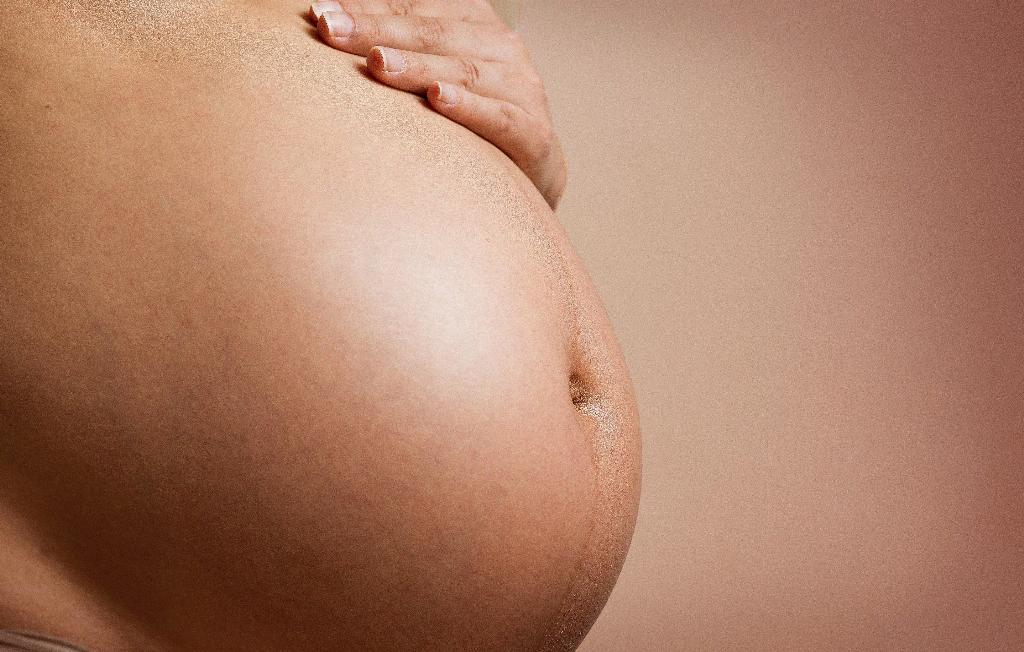One of the most common questions that individuals have when it comes to taking a pregnancy test is determining the optimal time to do so. It’s crucial to understand that timing plays a significant role in the accuracy of the results you receive from the test.
Experts typically recommend waiting until the first day of your missed period or at least 21 days after having unprotected sex before taking a pregnancy test. While this may seem like an eternity, this waiting period is essential to allow your body to produce sufficient levels of human chorionic gonadotropin (hCG), the hormone that pregnancy tests detect, to ensure a more accurate result.
During the initial stages of pregnancy, your body begins to produce hCG once a fertilized egg implants in the uterine lining. In the early days following conception, hCG levels may not be high enough to be detected by a pregnancy test, which is why waiting for a certain period is advised.
Testing too early can result in a false-negative result, as the test might not be sensitive enough to pick up on low levels of hCG in your system. This can be frustrating and lead to unnecessary anxiety, which is why patience is key when it comes to taking a pregnancy test.
While the urge to find out whether you are pregnant can be overwhelming, waiting until the optimal time increases the likelihood of obtaining an accurate result. This waiting period ensures that the hCG levels in your body have had sufficient time to rise to a point where they can be detected by the test.
Moreover, taking a pregnancy test too early can also result in false positives, wherein the test may detect hCG from other sources or conditions, leading to misguided results. By waiting until the recommended time frame, you can reduce the chances of encountering such misleading outcomes.
It’s important to remember that every individual’s body is unique, and hCG levels can vary from person to person. Factors such as the time of implantation of the fertilized egg, the rate at which hCG is produced, and individual metabolic differences can all influence when hCG becomes detectable in your system.
If you take a pregnancy test too early and receive a negative result, it’s advised to wait a few days and retest if your period still hasn’t arrived. This can help account for any potential variations in hCG levels and increase the accuracy of your result.
Ultimately, the key takeaway is that patience is crucial when it comes to taking a pregnancy test. Waiting until the recommended time frame after your missed period or unprotected sex can significantly increase the accuracy of your results and reduce the likelihood of false-negative or false-positive outcomes.
Remember that while waiting can be challenging, it’s essential to give your body the time it needs to produce detectable levels of hCG for a more reliable pregnancy test result. Trust in the process and know that waiting a little longer can make a world of difference in the accuracy of your test results.
In conclusion, the optimal time to take a positive pregnancy test calculator is after the first day of your missed period or at least 21 days after unprotected sex. By waiting until this timeframe, you give your body the opportunity to produce sufficient levels of hCG for a more accurate and reliable result, ultimately providing you with the answers you seek regarding your pregnancy status.

